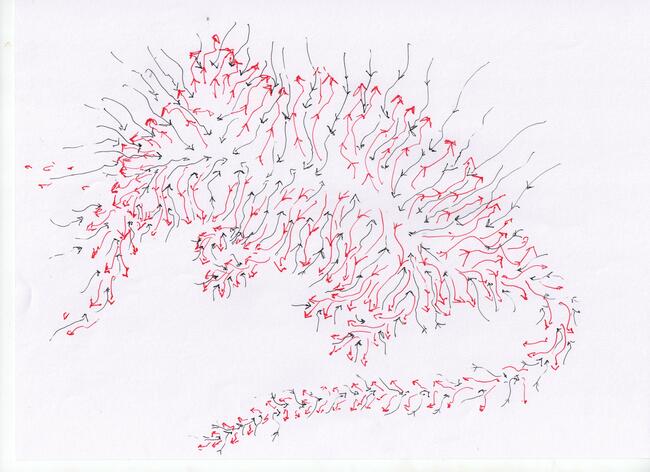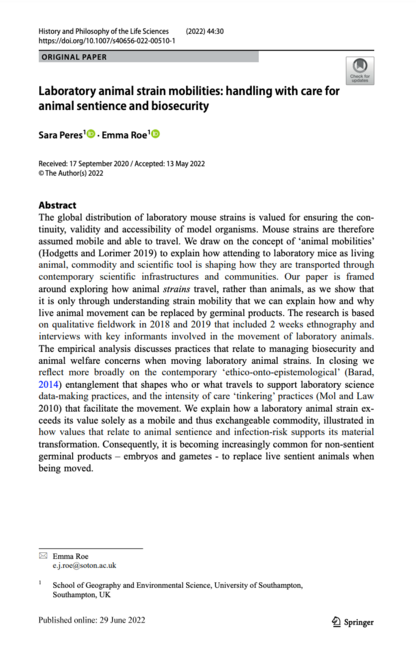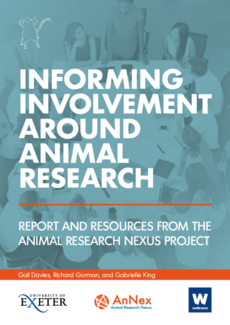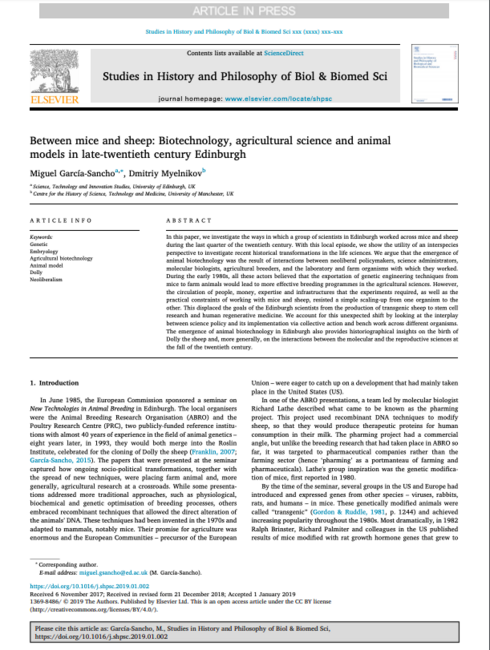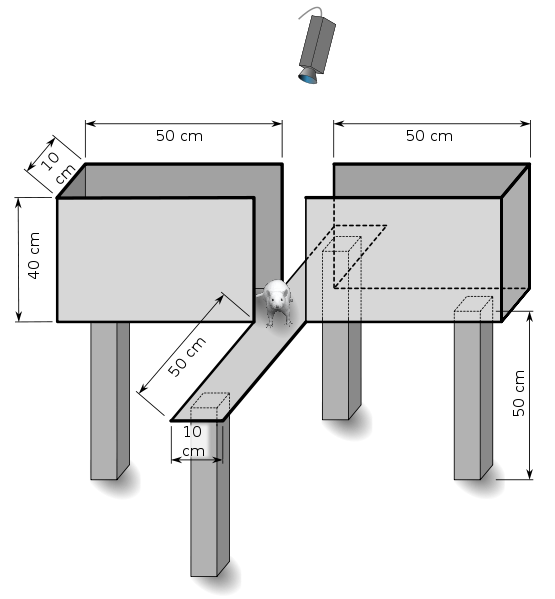Animal Models
Publications
This book chapter is forthcoming in the book Multi-Species Dementia Studies: Towards an Interdisciplinary Approach, edited by Nick Jenkins, Anna Jack-Waugh, and Louise Ritchie, from Bristol University Press. The chapter brings work by Davies and Gorman’s on how patient representatives review research proposals that use animal models in dementia research with Richard Milne’s work on the emergence, development, and ‘calibration’ of animal models over the last 40 years of Alzheimer’s research. Bringing these projects together enables us to explore how multispecies relations are made in Alzheimer's research, and how people affected by dementia are placed in several ways through these processes, only some of which they are aware of and thus able to affect.
The global distribution of laboratory mouse strains is valued for ensuring the continuity, validity and accessibility of model organisms. Mouse strains are therefore assumed mobile and able to travel. In this paper, we draw on the concept of ‘animal mobilities’ (Hodgetts and Lorimer 2019) to explain how attending to laboratory mice as living animal, commodity and scientific tool is shaping how they are transported through contemporary scientific infrastructures and communities.
This report contributes to a growing body of advice around how to involve people affected by health conditions in laboratory or biomedical research. It draws on work completed as part of the Animal Research Nexus Programme (2017-2023) and brings together our findings with resources to help people who might be involved in conversations around the use of animals in laboratory research in the UK.
Here, we investigate the ways in which a group of scientists in Edinburgh worked across mice and sheep during the last quarter of the twentieth century. With this local episode, we show the utility of an interspecies perspective to investigate recent historical transformations in the life sciences.
Blog entry
We are delighted to feature this guest blog on mice models in animal research from Nicole C. Nelson.
